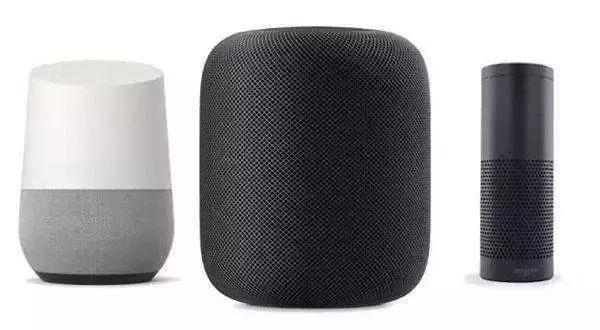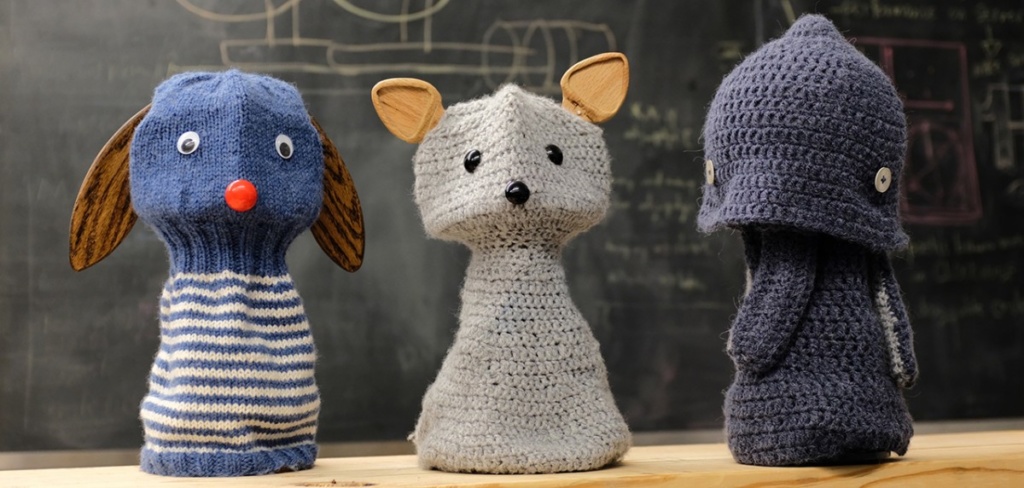模型:
MoritzLaurer/DeBERTa-v3-large-mnli-fever-anli-ling-wanli
任务:
 零样本分类
零样本分类
数据集:
multi_nli anli fever lingnli alisawuffles/WANLI 3Aalisawuffles/WANLI 3Alingnli 3Afever 3Aanli 3Amulti_nli语言:
 en
en
许可:
 mit
mit
 英文
英文DeBERTa-v3-large-mnli-fever-anli-ling-wanli
模型描述
此模型在 MultiNLI 、 Fever-NLI 、Adversarial-NLI ( ANLI )、 LingNLI 和 WANLI 数据集上进行了微调,共包含885,242个NLI假设-前提对。截至06.06.22,这个模型是Hugging Face Hub上表现最好的NLI模型,并可用于零-shot分类。在 ANLI benchmark 上它明显优于其他所有大型模型。
基础模型是 DeBERTa-v3-large from Microsoft 。DeBERTa-v3相比传统的掩码语言模型(如BERT、RoBERTa等)结合了几项最新创新,详情请参阅 paper 。
如何使用该模型
简单的零-shot分类流程from transformers import pipeline
classifier = pipeline("zero-shot-classification", model="MoritzLaurer/DeBERTa-v3-large-mnli-fever-anli-ling-wanli")
sequence_to_classify = "Angela Merkel is a politician in Germany and leader of the CDU"
candidate_labels = ["politics", "economy", "entertainment", "environment"]
output = classifier(sequence_to_classify, candidate_labels, multi_label=False)
print(output)
NLI用例from transformers import AutoTokenizer, AutoModelForSequenceClassification
import torch
device = torch.device("cuda") if torch.cuda.is_available() else torch.device("cpu")
model_name = "MoritzLaurer/DeBERTa-v3-large-mnli-fever-anli-ling-wanli"
tokenizer = AutoTokenizer.from_pretrained(model_name)
model = AutoModelForSequenceClassification.from_pretrained(model_name)
premise = "I first thought that I liked the movie, but upon second thought it was actually disappointing."
hypothesis = "The movie was not good."
input = tokenizer(premise, hypothesis, truncation=True, return_tensors="pt")
output = model(input["input_ids"].to(device)) # device = "cuda:0" or "cpu"
prediction = torch.softmax(output["logits"][0], -1).tolist()
label_names = ["entailment", "neutral", "contradiction"]
prediction = {name: round(float(pred) * 100, 1) for pred, name in zip(prediction, label_names)}
print(prediction)
训练数据
DeBERTa-v3-large-mnli-fever-anli-ling-wanli是在 MultiNLI 、 Fever-NLI 、Adversarial-NLI ( ANLI )、 LingNLI 和 WANLI 数据集上进行训练的,共包含885,242个NLI假设-前提对。请注意,由于数据集的质量问题, SNLI 明确被排除在外。更多数据并不一定能得到更好的NLI模型。
训练过程
使用Hugging Face训练器对DeBERTa-v3-large-mnli-fever-anli-ling-wanli进行了训练,使用了以下超参数。请注意,在我的测试中,更长的训练和更多的轮次会损害性能(过拟合)。
training_args = TrainingArguments(
num_train_epochs=4, # total number of training epochs
learning_rate=5e-06,
per_device_train_batch_size=16, # batch size per device during training
gradient_accumulation_steps=2, # doubles the effective batch_size to 32, while decreasing memory requirements
per_device_eval_batch_size=64, # batch size for evaluation
warmup_ratio=0.06, # number of warmup steps for learning rate scheduler
weight_decay=0.01, # strength of weight decay
fp16=True # mixed precision training
)
评估结果
该模型使用MultiNLI、ANLI、LingNLI、WANLI的测试集以及Fever-NLI的开发集进行了评估。评估指标为准确度。该模型在每个数据集上都取得了最先进的性能。令人惊讶的是,它在与之前的 state-of-the-art on ANLI (ALBERT-XXL)相比提高了8.3%的性能。我认为这是因为ANLI是为了欺骗类似RoBERTa(或ALBERT)这样的掩码语言模型而创建的,而DeBERTa-v3使用了更好的预训练目标(RTD)、分离的注意力,我还对更高质量的NLI数据进行了微调。
| Datasets | mnli_test_m | mnli_test_mm | anli_test | anli_test_r3 | ling_test | wanli_test |
|---|---|---|---|---|---|---|
| Accuracy | 0.912 | 0.908 | 0.702 | 0.64 | 0.87 | 0.77 |
| Speed (text/sec, A100 GPU) | 696.0 | 697.0 | 488.0 | 425.0 | 828.0 | 980.0 |
限制和偏见
请查阅原始的DeBERTa-v3论文和有关不同NLI数据集的文献,以获取有关训练数据和潜在偏见的更多信息。该模型将重现训练数据的统计模式。
引用
如果您使用了该模型,请引用:Laurer, Moritz, Wouter van Atteveldt, Andreu Salleras Casas和Kasper Welbers。2022年。“Less Annotating, More Classifying – Addressing the Data Scarcity Issue of Supervised Machine Learning with Deep Transfer Learning and BERT - NLI”。预印本,6月。Open Science Framework. https://osf.io/74b8k 。
合作或问题的想法?
如果您有问题或合作的想法,请通过m{dot}laurer{at}vu{dot}nl或 LinkedIn 与我联系。
调试与问题
请注意,DeBERTa-v3于06.12.21发布,较旧版本的HF Transformers似乎在运行模型时存在问题(例如,令牌化器出现问题)。使用Transformers> = 4.13可能会解决一些问题。


















